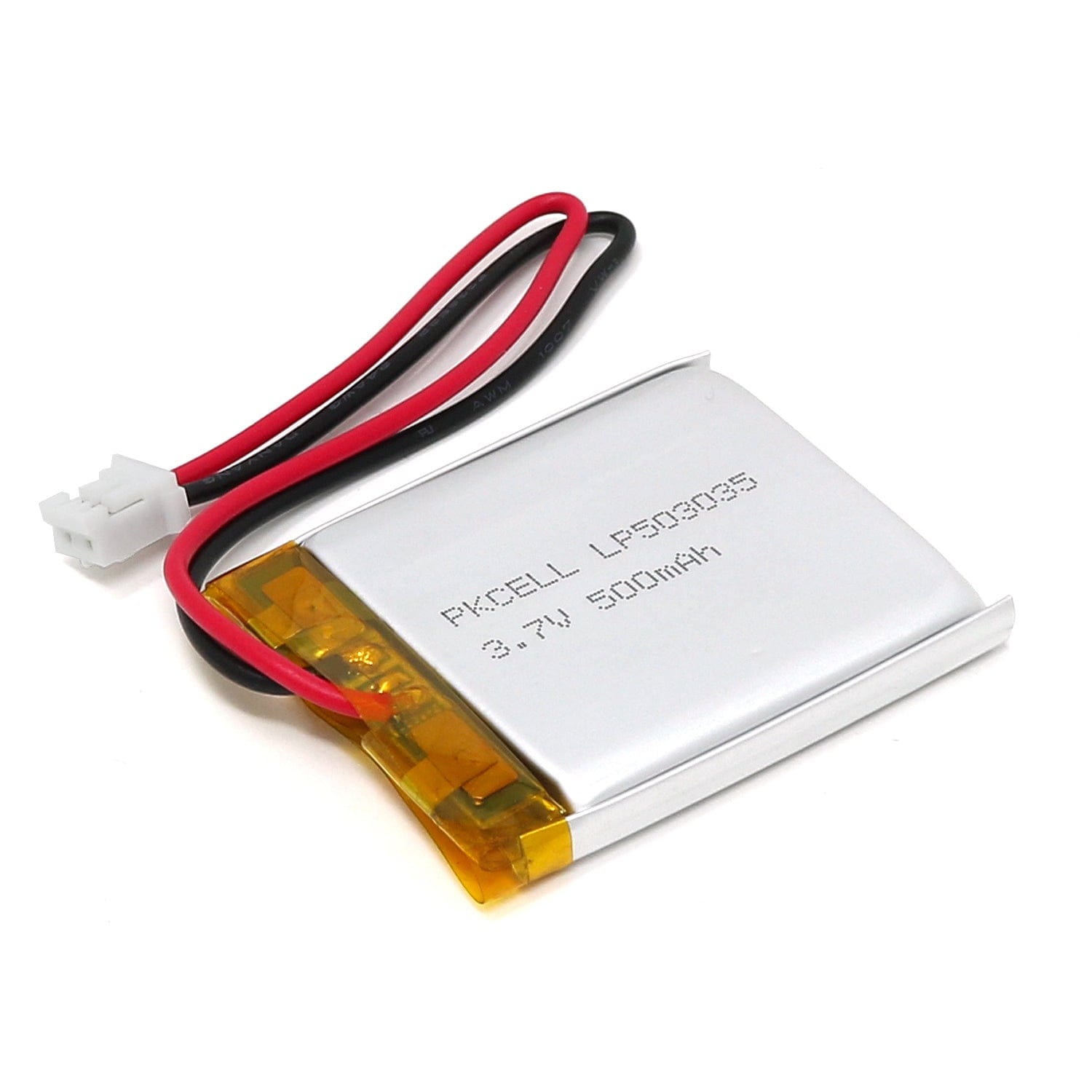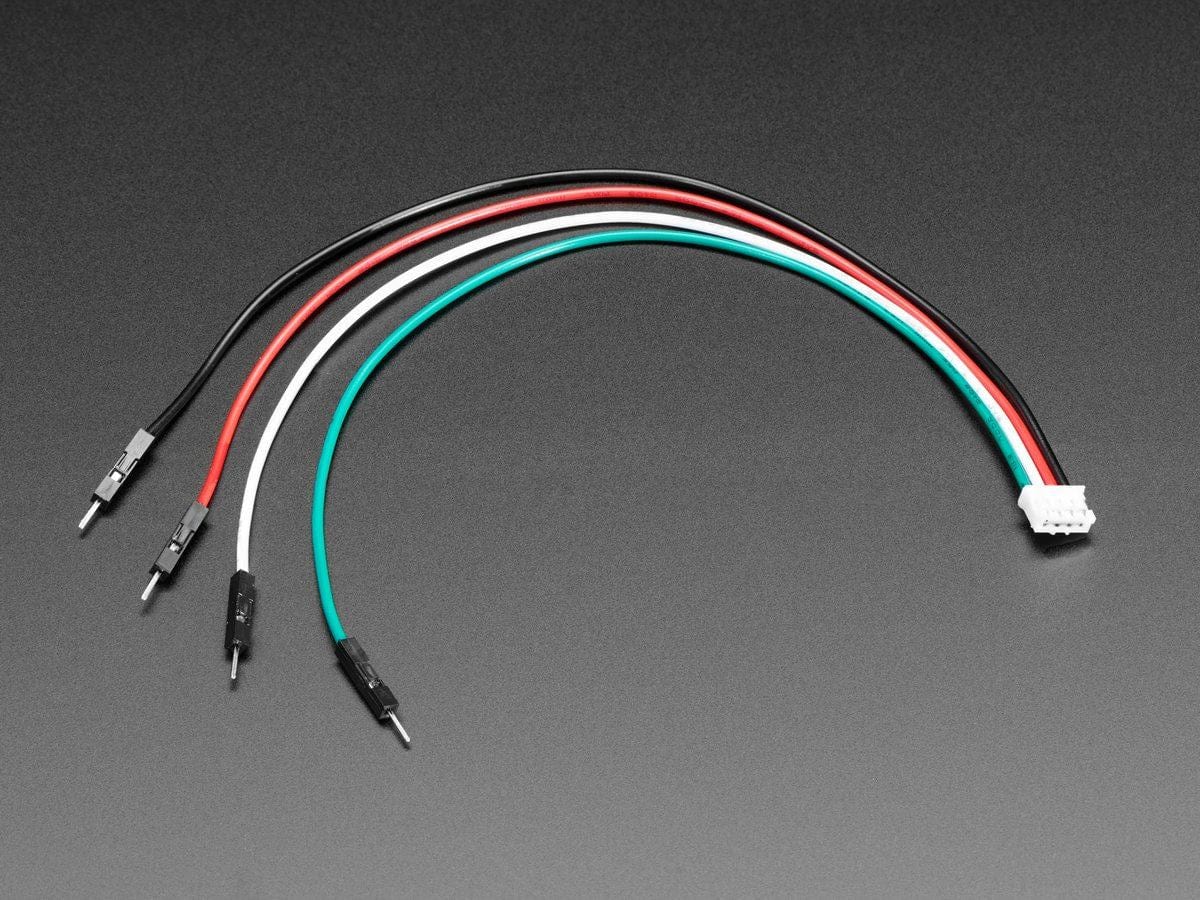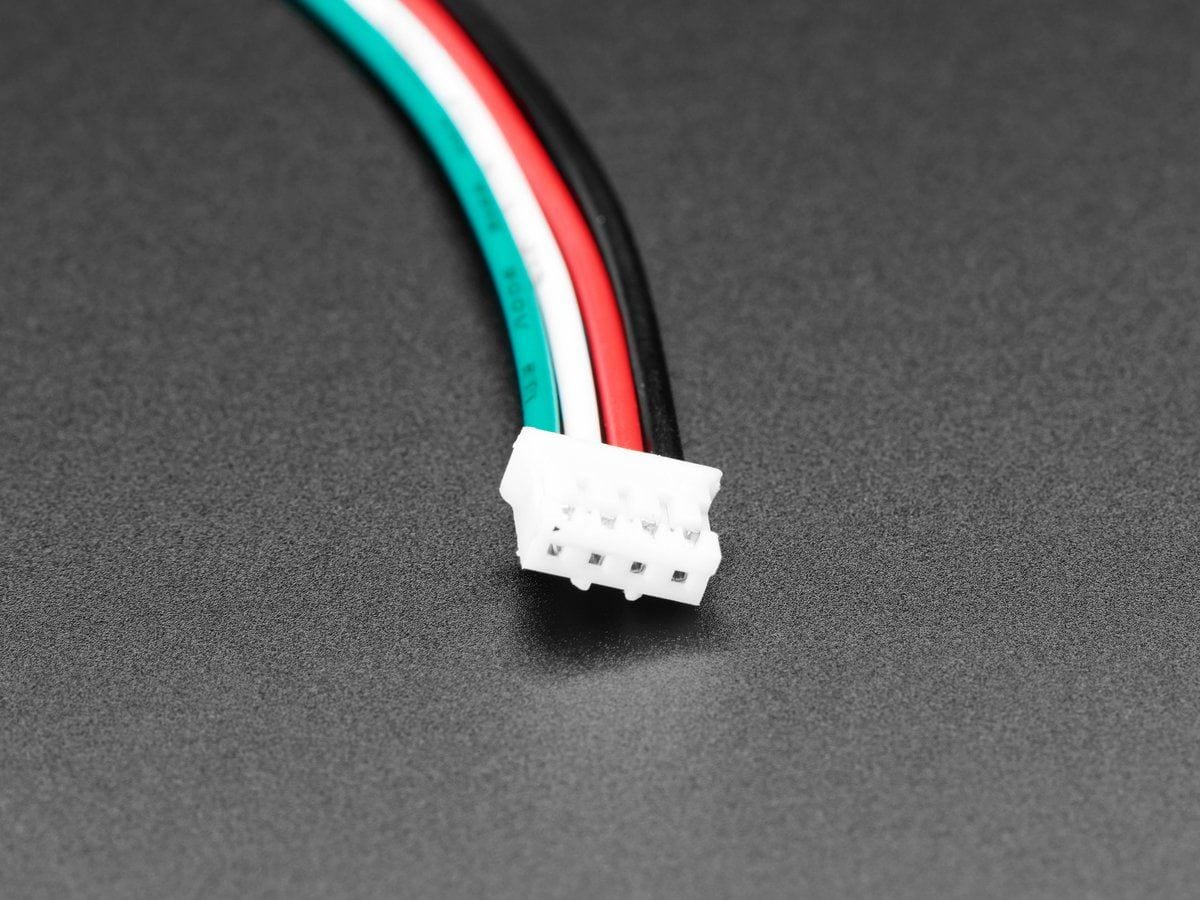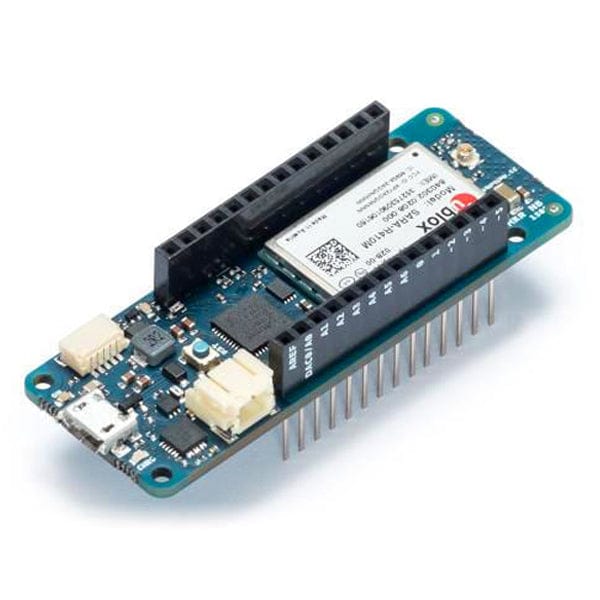
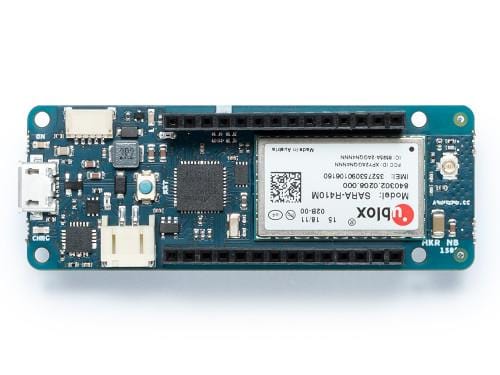
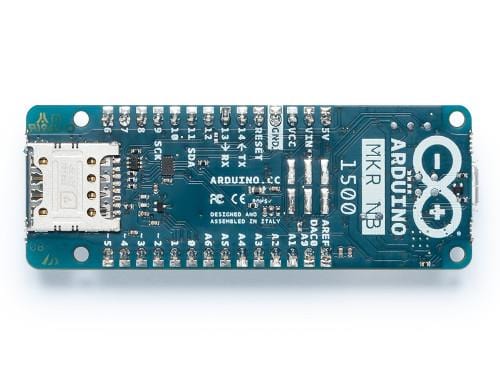
Login / Signup
Cart
Your cart is empty
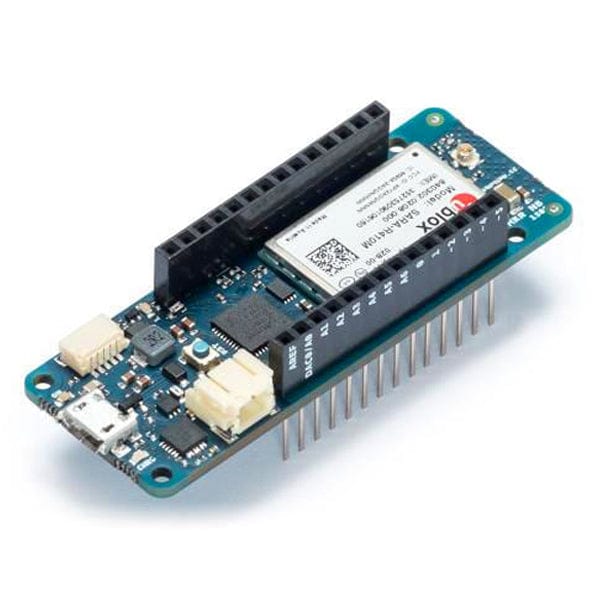
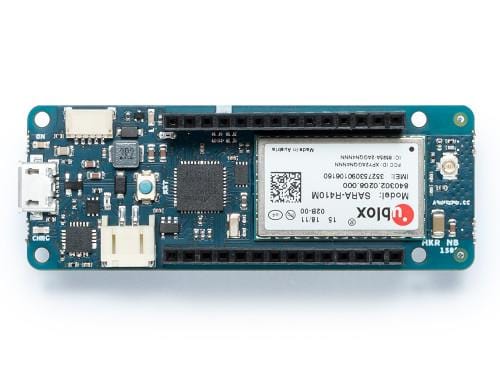
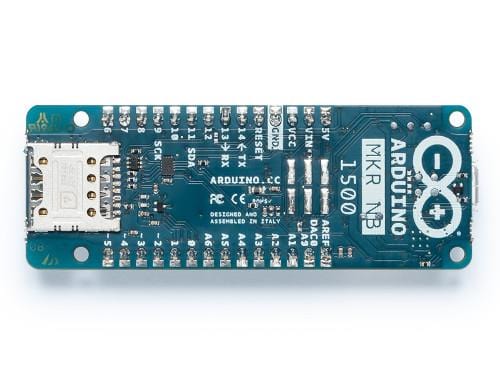
Implement inexpensive, large-coverage solutions over Narrowband IoT.
Add Narrowband communication to your project with the MKR NB 1500. It's the perfect choice for devices in remote locations without an Internet connection, or in situations in which power isn't available like on-field deployments, remote metering systems, solar-powered devices, or other extreme scenarios.
The board's main processor is a low power Arm® Cortex®-M0 32-bit SAMD21, like in the other boards within the Arduino MKR family. The Narrowband connectivity is performed with a module from u-blox, the SARA-R410M-02B, a low power chipset operating in the de different bands of the IoT LTE cellular range. On top of those, secure communication is ensured through the Microchip® ECC508 crypto chip. Besides that, the PCB includes a battery charger and a connector for an external antenna.
This board is designed for global use, providing connectivity on LTE's Cat M1/NB1 bands 1, 2, 3, 4, 5, 8, 12, 13, 18, 19, 20, 25, 26, 28. Operators offering service in that part of the spectrum include Vodafone, AT&T, T-Mobile USA, Telstra, and Verizon, among others.
Its USB port can be used to supply power (5V) to the board. It has a Li-Po charging circuit that allows the board to run on battery power or an external 5-volt source, charging the Li-Po battery while running on external power. Switching from one source to the other is done automatically.
The MKR NB 1500 has an additional connector meant as an extension of the I2C bus. It's a small form factor 5-pin connector with 1.0 mm pitch. The mechanical details of the connector can be found in the connector's datasheet.
The I2C port, also referred to as the Eslov self-identification port within Arduino, comes with SDA, SCL, GND, +5V, and an extra digital pin meant to send an alarm to the otherwise plain I2C devices connected to it.
The Getting Started section contains all the information you need to configure your board, use the Arduino Software (IDE), and start tinkering with coding and electronics. If you want to know more about Arduino’s MKRNB API, check this reference page.
| Microcontroller | SAMD21 Cortex®-M0+ 32bit low power ARM MCU (datasheet) |
| Radio module | u-blox SARA-R410M-02B (datasheet / summary) |
| Secure Element | ATECC508 (datasheet) |
| Board Power Supply (USB/VIN) | 5V |
| Supported Battery | Li-Po Single Cell, 3.7V, 1500mAh Minimum |
| Circuit Operating Voltage | 3.3V |
| Digital I/O Pins | 8 |
| PWM Pins | 13 (0 .. 8, 10, 12, 18 / A3, 19 / A4) |
| UART | 1 |
| SPI | 1 |
| I2C | 1 |
| Analog Input Pins | 7 (ADC 8/10/12 bit) |
| Analog Output Pins | 1 (DAC 10 bit) |
| External Interrupts | 8 (0, 1, 4, 5, 6, 7, 8, 16 / A1, 17 / A2) |
| DC Current per I/O Pin | 7 mA |
| Flash Memory | 256 KB (internal) |
| SRAM | 32 KB |
| EEPROM | no |
| Clock Speed | 32.768 kHz (RTC), 48 MHz |
| LED_BUILTIN | 6 |
| Full-Speed USB Device and embedded Host | |
| Antenna gain | 2dB (bundled antenna at the Arduino Store) |
| Carrier frequency | LTE bands 1, 2, 3, 4, 5, 8, 12, 13, 18, 19, 20, 25, 26, 28 |
| Power class (radio) | LTE Cat M1 / NB1: Class 3 (23 dBm) |
| Data Rate (LTE M1 Half-Duplex) | UL 375 kbps / DL 300 kbps |
| Data Rate (LTE NB1 Full-Duplex) | UL 62.5 kbps / DL 27.2 kbps |
| Working region | Multiregion |
| Device Location | GNSS via modem |
| Power Consumption (LTE M1) | min 100 mA / max 190 mA |
| Power Consumption (LTE NB1) | min 60 mA / max 140 mA |
| SIM Card | MicroSIM (not included with the board) |
| Length | 67.64 mm |
| Width | 25 mm |
| Weight | 32 gr. |






